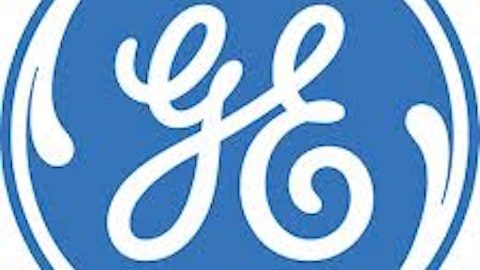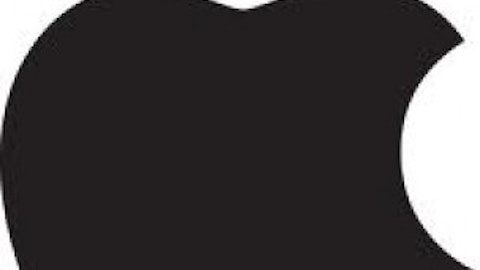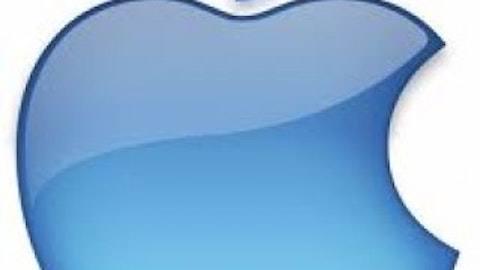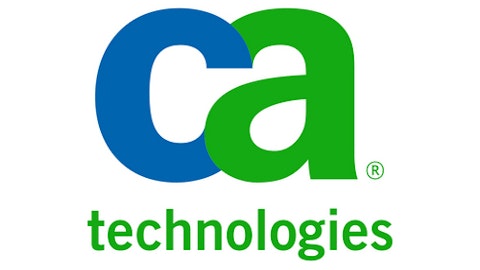By Christmas time, the wait will be over. That seems to be the consensus, even though Microsoft Corporation (NASDAQ:MSFT) hasn’t given a specific release date for the Xbox One. When it finally does come out, this new console from Microsoft Corporation (NASDAQ:MSFT) has a promising future – but not only because of its gaming capabilities.
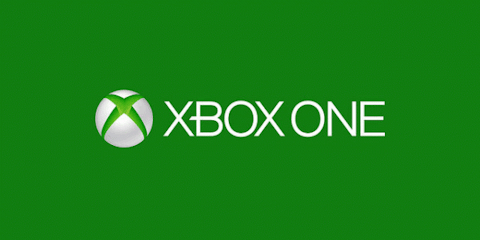
Multi-tasking at its best
According to The Wall Street Journal, the main gaming updates involve improved Kinect voice and motion controls. But the real advantage is the Xbox One’s ability to multi-task. The Xbox One allows for a split television screen with live television on one side and a Skype video conversation on the other. Users can also switch almost instantly between watching television and playing a video game. And voice controls even change the channels.
Watching TV, talking on Skype, and playing video games – all at the same time. This isn’t just a tech toy for teenagers.
Missing from the Xbox One are chips made by International Business Machines Corp. (NYSE:IBM). That’s because Microsoft Corporation (NASDAQ:MSFT) is using AMD chips to get better compatibility with Sony’s system (see below). IBM had trouble this year with its Systems and Technology business segment, which makes International Business Machines Corp. (NYSE:IBM)’s hardware products. According to IBM’s first-quarter earnings report released in late April, all business segments earned a profit except for the Systems and Technology segment. First-quarter Systems and Technology revenues dropped 17.3% from first-quarter 2012 revenues, causing the company to suffer a $405 million loss in that segment.
Of course this is bad news for IBM. However, as I mentioned above, the new chips are supposed to make the Xbox One more compatible with Sony Corporation (ADR) (NYSE:SNE) PlayStation 4.
Videogame Consoles: Better than ever, but declining
The PlayStation 4, with a vague “Holiday 2013” launch date, seems to have the Xbox One beat as a gaming console. The machine features a controller with a touch-sensitive sensor and allows for a new concept known as “cloud gaming.” The basic idea is that users don’t have to own physical copies of the video games they play. Thousands of games are available on a server which streams the games instantly to the user’s individual console. But in a declining video-game market, these extra features might not mean much in the long run. The following chart shows U.S. monthly sales of game consoles year-over-year from 2009 to the present. Note the declining trend.
To be fair, as WSJ pointed out, the video-game market cycle tends to slow down significantly as consoles age, and then rebound with the release of new consoles. But the Wii U’s release in November of last year failed to reverse the downward trend of the video-game console industry. Even if this year’s PlayStation 4 and Xbox One releases increase sales for a few months, the traditional video-game industry will be a thing of the past.
Today’s Trend: Integration
Apple Inc. (NASDAQ:AAPL) has been a pretty good indicator of where consumer preferences are headed. The chart below shows quarterly iPhone (blue) and iPad (green) sales year-over-year since mid-2008.
At the beginning there was rapid growth. But now, five years later, we are still seeing growth rates well above 50%. Fifty percent! During the same time that video-game console sales were declining, Apple Inc. (NASDAQ:AAPL)’s iPhone and iPad have consistently shown positive growth in quarterly sales year over year. The takeaway here is that Apple’s products offer consumers more ways to integrate multiple functions into individual devices. And the growth trend proves that consumers continue to want more of it.


